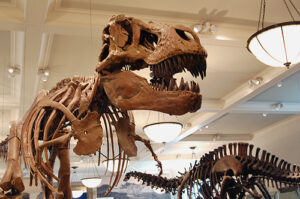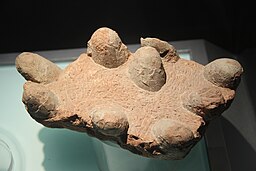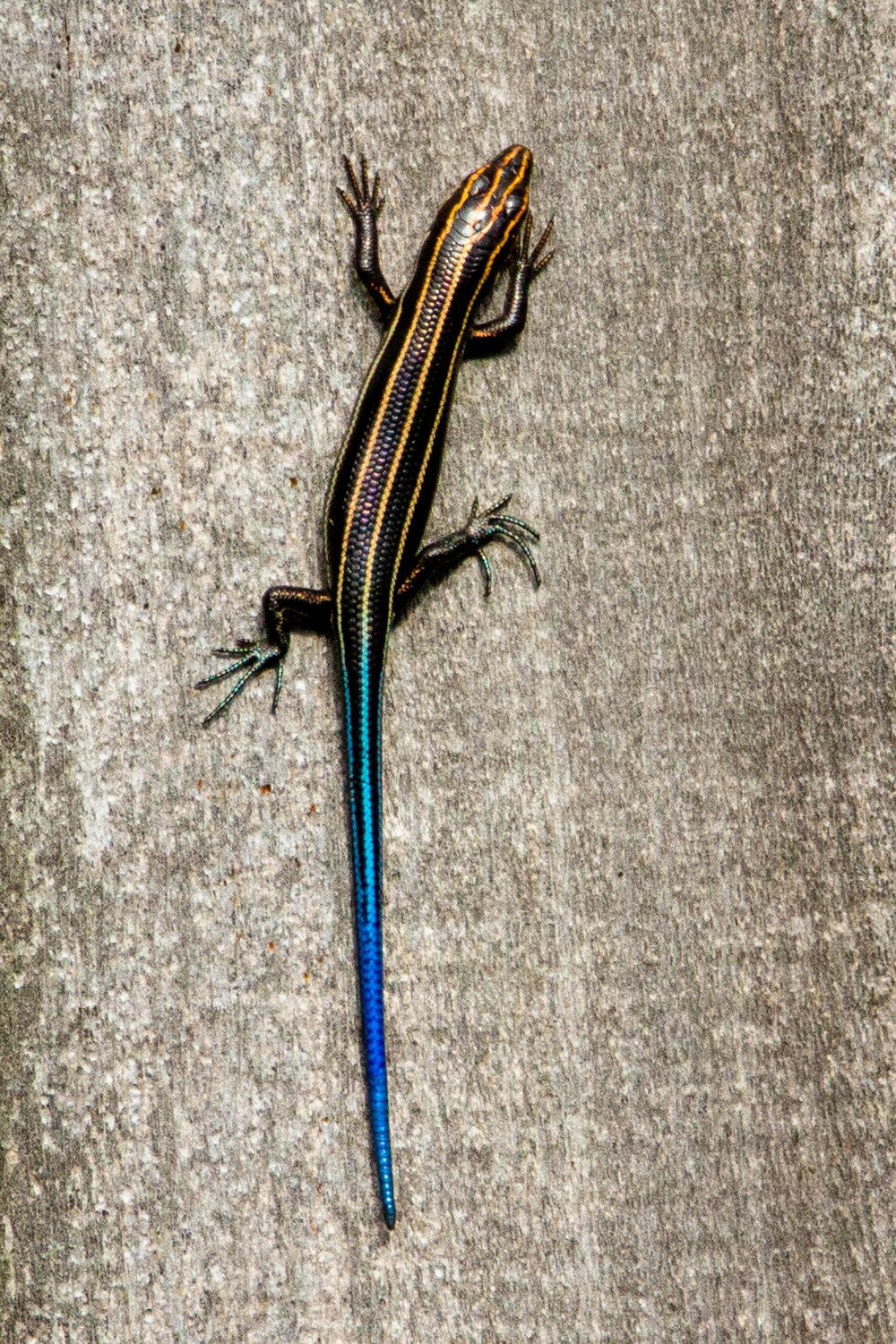If you’ve been doing the Summer Reading Adventure then you might have hunted around your local library to find hidden dinosaurs as part of the Library of Adventure challenge. Or if you’ve been hanging out in Pōneke then you might have seen ads for the new Dinosaurs of Patagonia exhibition at Te Papa. So let’s dive into the wonderful, weird, and even a little bonkers world of dinosaurs.
What are dinosaurs?

A scary T-Rex has been humbled by the passage of time.
While dinosaurs are famous from movies like Jurassic Park and iconic childhood shows like The Land Before Time there is more to them than how they are pictured on the big screen. For example, dinosaurs get a bad rep for being carnivorous monsters in movies but most of them (65%) were actually herbivores who had plant-based diets long before veganism became cool. And, even though The Land Before Time features some cool dinosaurs, some of them didn’t even exist at the same time! (Littlefoot is an apatosaurus, a species which lived nearly 80 million years before the saurolophus species that Ducky belonged to).
Anyway, dinosaurs are extinct (that means they aren’t around anymore) reptiles which roamed the earth between 251 and 65 million years ago! The three main periods when dinosaurs lived are: the Triassic period (251 – 200 million years ago), the Jurassic period (200 – 145 million years ago) and the Cretaceous period (145 – 65 million years ago) which are collectively known as the Mesozoic Era. Defining characteristics of dinosaurs include that they had tails, laid eggs, lived on land, had two holes in the skull behind each eye, and the term dinosaur does not include the animals which flew or swam during the same period.
How do we learn about dinosaurs?

Thankfully no mad scientist can use these to reincarnate dinosaurs, but they look cool.
Scientists called palaeontologists study fossils (the preserved remains of ancient creatures) to figure out what the earth was like thousands, and even millions of years ago. Even though Aotearoa might seem far away and difficult to get to for reptiles, dinosaurs still existed here because at the time they lived the world looked a lot different. During the Triassic and early Jurassic period, New Zealand (and Australia, South America, India, Africa and Antartica) were part of a supercontinent called Gondwanaland! This means dinosaurs didn’t have to swim across the Indian Ocean to find their way here, they could just walk.
For a long time people assumed that dinosaurs never roamed Aotearoa but in 1975 that changed thanks to amateur palaeontologist Joan Wiffen. Joan Wiffen, along with her husband Pont, discovered the tail bone of a theropod in 1975 and thus found proof that dinosaurs did once exist here, opening up lots of interesting and exciting scientific possibilities. Over the next three decades she discovered bones from an ankylosaur, mosasaurs, plesiosaurs and a titanosaur. If you now want to become an amateur palaeontologist yourself then you’re in luck! The library has plenty of books on dinosaurs which can help you learn more about these awesome creatures.
Books about dinosaurs:
Lots of things to know about dinosaurs / Maclaine, James
“Open this book to go back in time and meet lots of incredible dinosaurs. Featuring incredible illustrations and fun facts, this book is a great introduction to the world of dinosaurs. (Adapted from Catalogue)
Dinosaurium / Murray, Lily
“This junior edition of ‘Dinosaurium’ is perfect for those with a love of the natural world. Wander the galleries — open 365 days a year — and discover a collection of curated exhibits on every page.” (Catalogue)
Fossil / Taylor, Paul D
“Packed with striking photography, Eyewitness Fossil explores the creatures and plants that lived long ago. Become an eyewitness to the natural treasures found in rocks in this picture-led reference guide that will take you on a visual tour of all things fossils. Children will be mesmerized by the bones, teeth, and plants from long ago that have all been turned to rock.” (Adapted from Catalogue)
Dinosaurs : the myth-busting guide to prehistoric beasts
“Discover what dinosaurs were REALLY like in this myth busting book! Find out how the real dinosaurs actually lived, looked and sounded in this fascinating book. While popular Hollywood movies have given us a simplistic view of these magnificent creatures, the latest scientific research is changing assumptions and providing a far different perspective.” (Catalogue)
Dinosaur / Lambert, David
“Meet the incredible creatures of the prehistoric world. This essential guide to dinosaurs, from tiny, chicken-sized Compsognathus to the mighty, long-necked Brachiosaurus, this book unearths fascinating facts about these prehistoric creatures. With colourful and factual illustrations, informative labels, statistics and fun-filled facts, this is the perfect all round guide for dinosaur lovers and budding palaeontologists.” (Adapted from Catalogue)
Books about palaeontologists:
Dinosaur hunter : Joan Wiffen’s awesome fossil discoveries / Hill, David
“The true story of palaeontologist Joan Wiffen, whose fossil discoveries proved that dinosaurs lived in ancient New Zealand.” (Adapted from Catalogue)
Paleontologists / Gibson, Karen Bush
“Discover the stories of Mary Anning, Mignon Talbot, Tilly Edinger, Zofia Kielan-Jaworowska, and Mary Leakey, five female palaeontologists who thrived while making breakthrough discoveries of ancient life from millions of years ago! In Gutsy Girls Go for Science: Palaeontologists with STEM Projects for Kids, readers ages 8 to 11 do fun hands-on projects while learning about these women and the fascinating lives they led in the field and in the lab.” (Catalogue)
The fossil hunter / Winter, Kate
“Unearth the mysteries of ancient fossils and discover the life and legacy of Mary Anning in this beautifully illustrated, fact-filled book for curious young readers. Mary Anning was a fossil hunter, scouring the cliffs and seashores of Lyme Regis for strange rocks and shells. Mary’s fossils paved the way for modern palaeontology and helped to piece together a picture of how the dinosaurs lived and evolved.” (Adapted from Catalogue)
Mary Anning / Sánchez Vegara, Ma Isabel
“When Mary was little, her family was very poor. She used to help her dad to comb for shells and bones up high on dangerous cliffs. After receiving a book as a gift from a kind benefactor, Mary learned all about fossils. She continued to hunt for them and made the startling discovery of a complete skeleton of an ichthyosaur. Sadly, she wasn’t allowed to study along with all the other men, but she carried on making her own discoveries and advising the Geological Society when they needed help. It took a lifetime to receive recognition but we all remember her now as the mother of palaeontology.” (Adapted from Catalogue)
 Many of the links in this blog go to the
Many of the links in this blog go to the 
